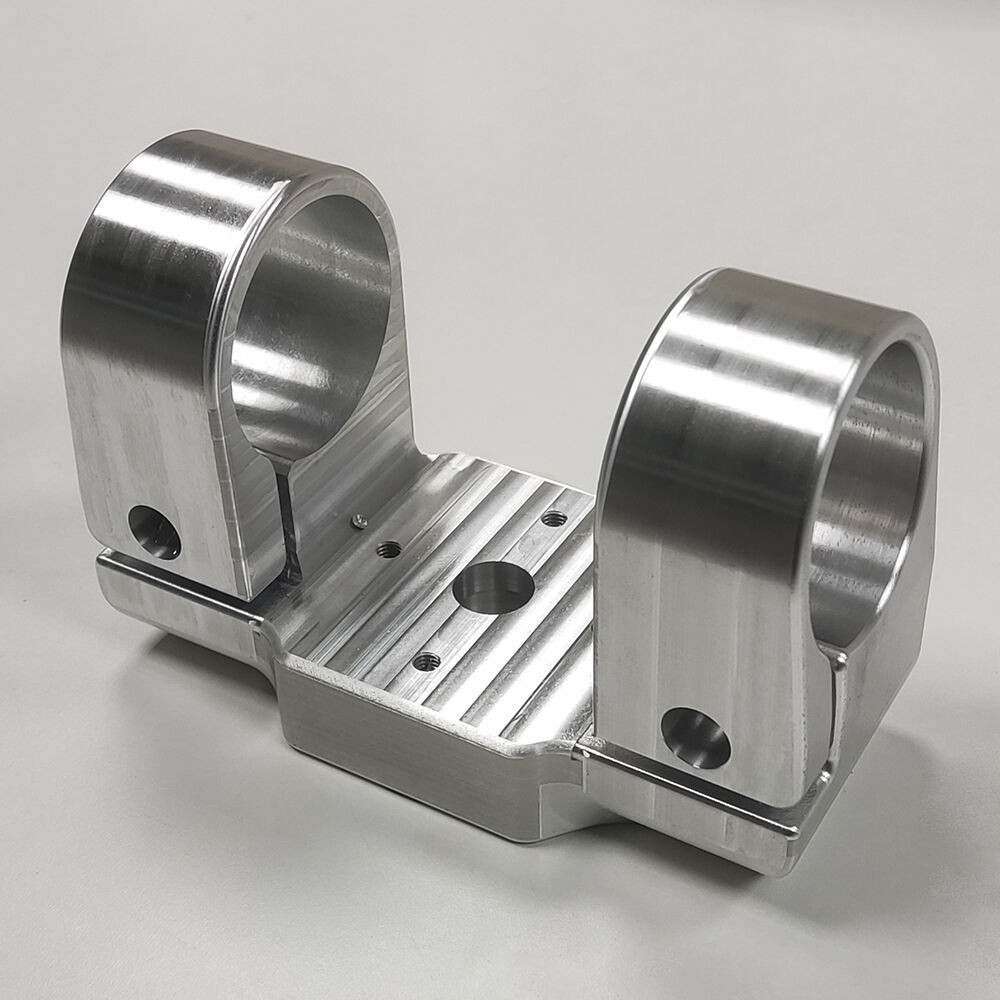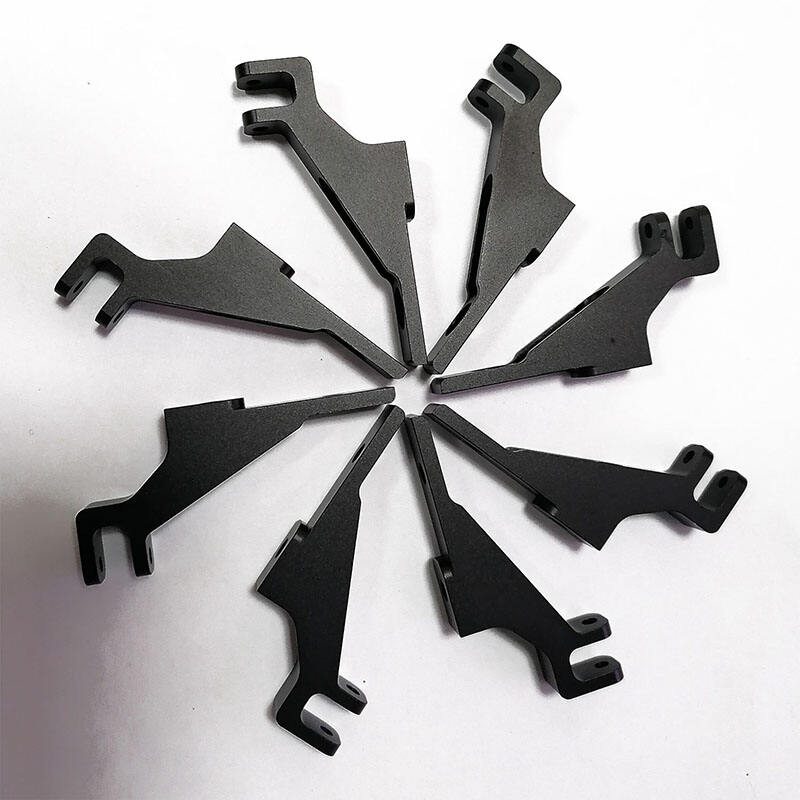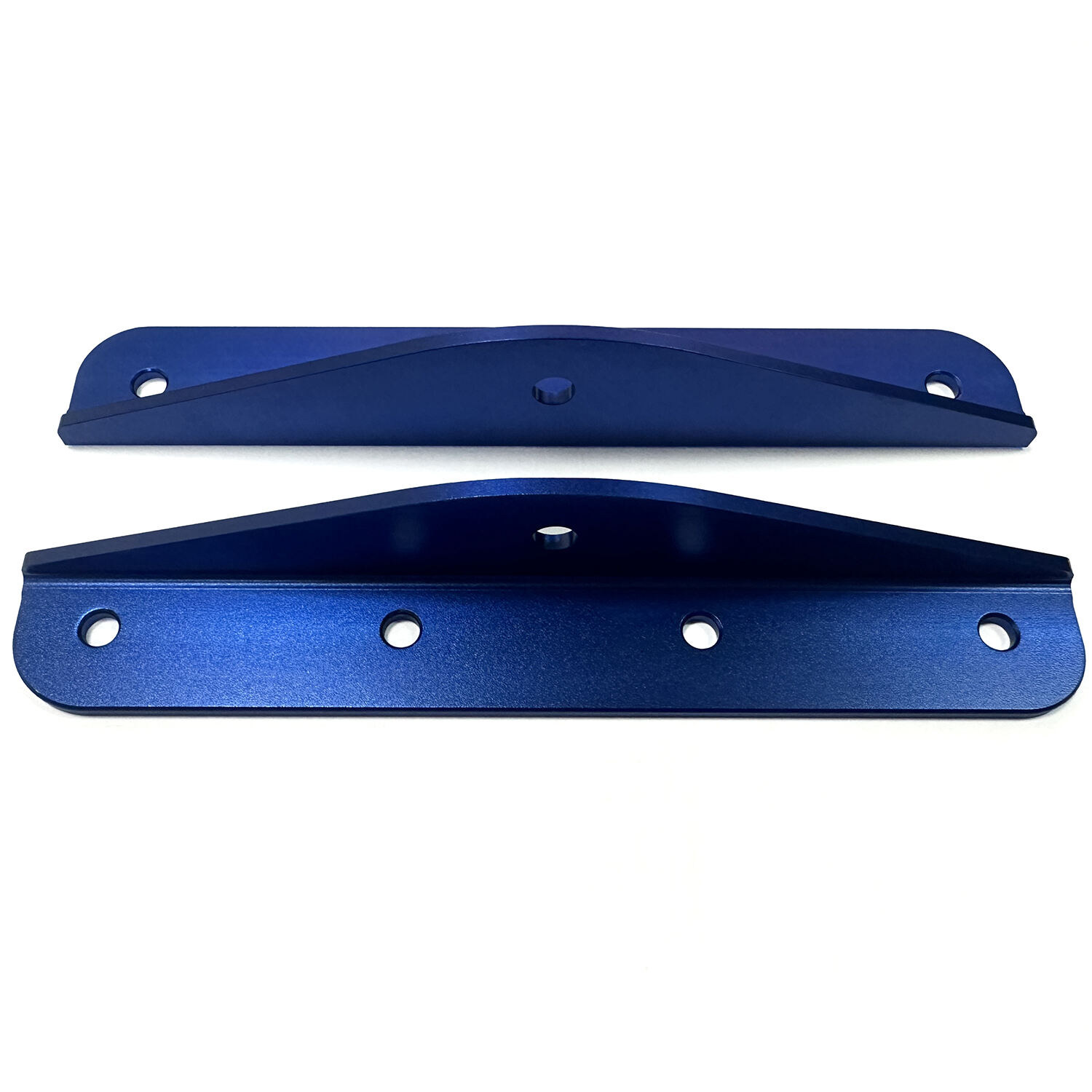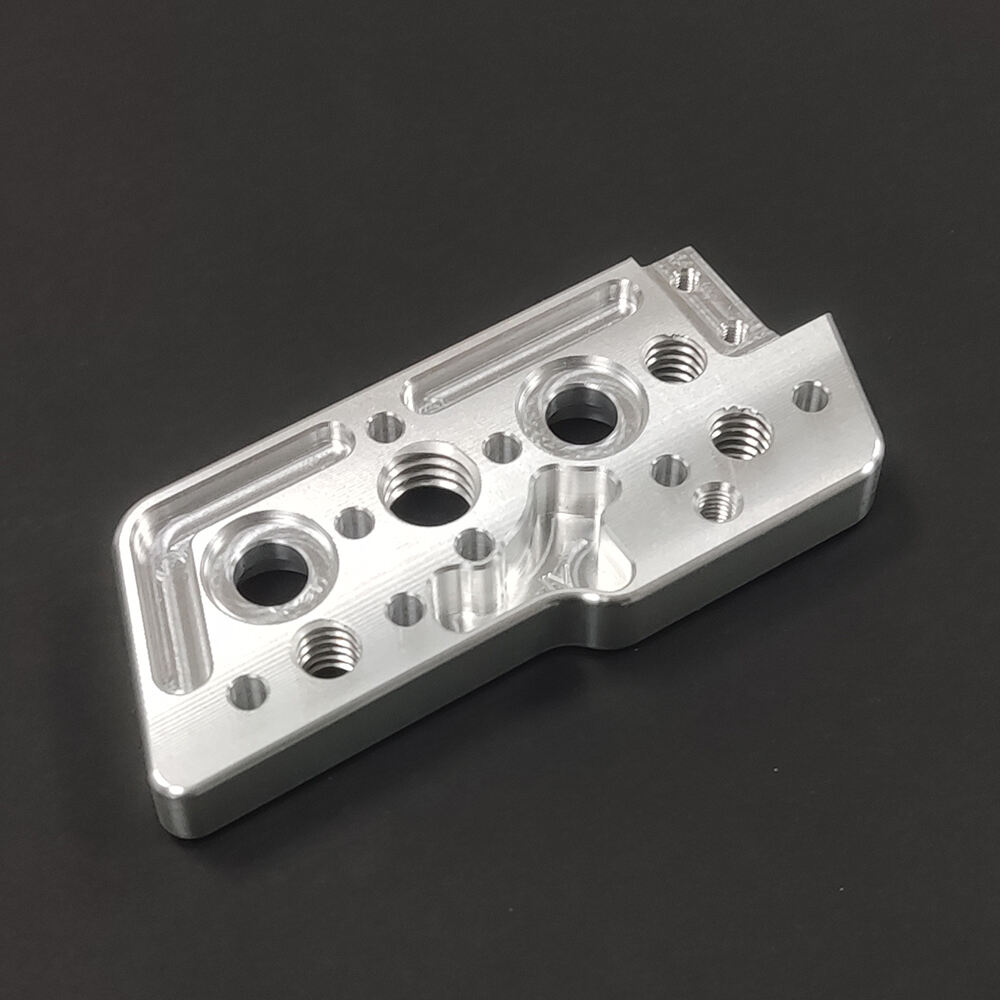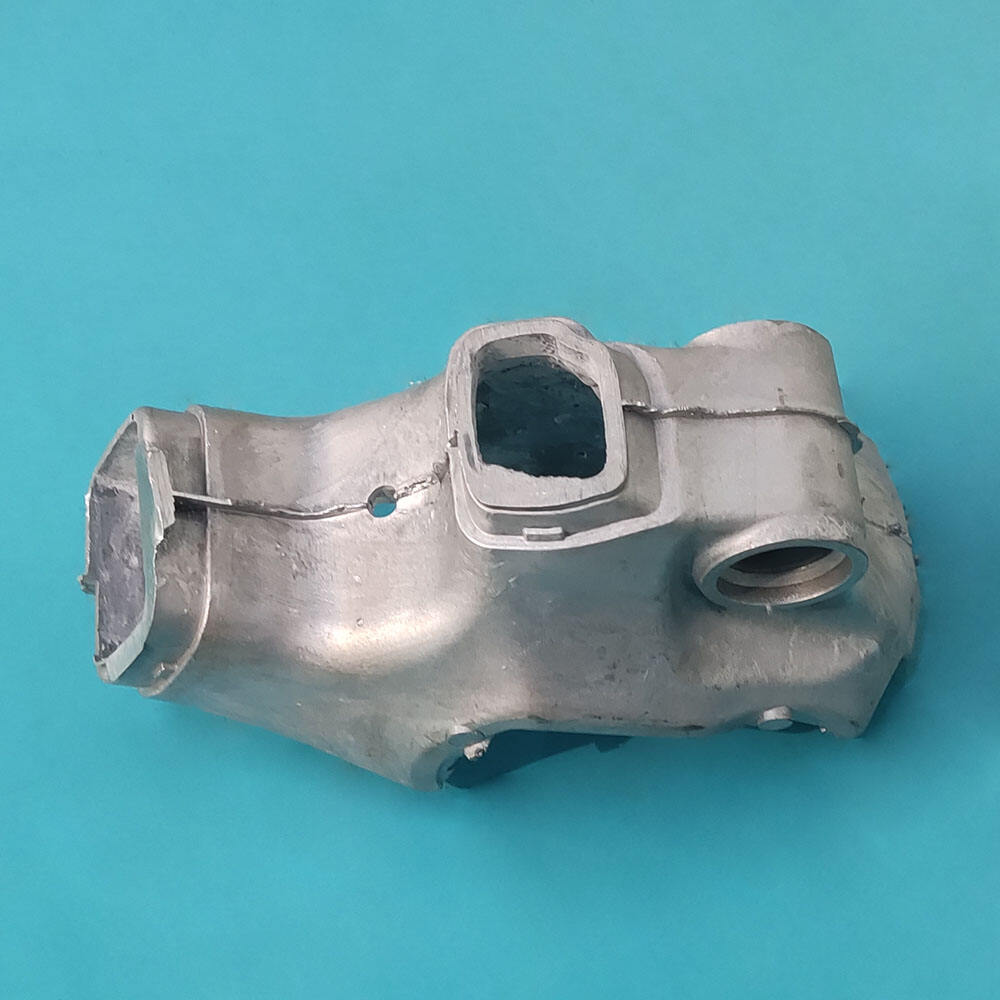CNC milling: efficient transformation from design to finished product
Design Considerations for Efficient CNC Milling Processes
Material Selection Guidelines for Optimal Machinability
Choosing the right material for CNC milling is crucial for optimizing machinability and ensuring efficient production. Key material properties such as hardness, ductility, and tensile strength significantly influence machining performance. For instance, metals like aluminum, known for its high machinability and lightweight properties, are preferred for applications in aerospace and automotive sectors. On the other hand, materials with high tensile strength like steel may be suitable for parts requiring durability.
Machinability ratings, often indexed by standards like AISI and JIS, are helpful in selecting the appropriate material. Aluminum, for instance, often has a machinability rating of 100%, making it an excellent choice for CNC machining. In contrast, plastics like ABS are valued for their ease of machining and are commonly used in consumer goods. Studies have shown that selecting the right material directly impacts productivity and quality, as materials with optimal machinability ensure faster cycle times and reduced tool wear.
CAD File Optimization to Reduce Production Complexity
Optimizing CAD files is essential for streamlined CNC machining processes. Proper file formats, such as STEP or IGES, should be used as they are compatible with most CAM software. It is crucial to simplify designs to minimize features that complicate toolpaths or require multiple setups, enhancing machining efficiency. For example, reducing unnecessary geometric complexities can significantly lower machining time and costs.
Moreover, using parametric design and modular components can enhance manufacturability by allowing easier adjustments without altering the entire design. Industry case studies demonstrate that streamlined CAD optimization can reduce production times considerably. By following best practices in CAD optimization, manufacturers can achieve a harmonious balance between design complexity and manufacturability.
Balancing Tolerances with Functional Requirements
Understanding and managing engineering tolerances is pivotal for CNC milling, as it directly affects both part functionality and manufacturing costs. Setting appropriate tolerances ensures the part will fit and function as intended, especially critical in sectors like automotive and aerospace. For instance, tighter tolerances might be required for aerospace components due to their high precision needs.
Appropriate tolerances are determined based on the material properties and the intended application of the CNC milled part. For example, using guidelines such as ASME Y14.5 can assist in effective tolerance management, ensuring that parts are manufactured within acceptable deviation limits. By examining illustrative industry examples, such as those from the aerospace industry, manufacturers can better understand how to specify tolerances to balance functionality with cost-effectiveness.
Implementing Adaptive Clearing Techniques
Implementing adaptive clearing techniques significantly optimizes CNC machining by enhancing material removal rates and reducing cycle times. This method dynamically adjusts toolpath strategies to maintain an optimal cutting speed, enhancing productivity across various CNC milling scenarios. Adaptive clearing's capacity to mitigate tool wear and increase processing stability offers substantial operational benefits. Industry reports underscore this method's effectiveness, showcasing productivity improvements of up to 40% through adaptive clearing, reflecting its pivotal role in modern toolpath optimization.
Trochoidal Milling for Reduced Tool Wear
Trochoidal milling is a modern approach that enhances CNC efficiency by decreasing tool wear compared to traditional milling methods. It involves using a toolpath that allows constant cutting forces and thinner chips, effectively extending tool life. Practical applications demonstrate how trochoidal paths have achieved remarkable efficiency gains. For instance, a case study highlighted a 30% cost reduction per part by using trochoidal milling due to decreased tool replacement needs. This approach not only reduces wear but also cuts operational costs significantly, providing a substantial competitive advantage.
Leveraging Multi-Axis Machining Capabilities
Leveraging multi-axis machining capabilities revolutionizes production efficiency by surpassing the limitations of standard 3-axis processes. Multi-axis machines, such as 5-axis variants, enable intricate component production by moving the cutting tool along multiple axes, vital for industries producing complex parts like aerospace and automotive. An example includes aerospace sectors reducing time and costs by 30% using multi-axis machinery. Experts point to its crucial role in modern manufacturing by enhancing precision and flexibility, thus significantly impacting the efficiency and capability of production processes.
Material-Specific Design Best Practices
Aluminum vs. Stainless Steel Design Parameters
When it comes to CNC machining, understanding the differences in design parameters for aluminum and stainless steel is crucial. Aluminum is known for its lightweight nature and excellent corrosion resistance, making it ideal for applications where weight reduction is key. Conversely, stainless steel offers superior strength and durability, which is essential for high-stress environments like aerospace and automotive industries. During the design phase, the choice between these materials is influenced by factors such as application requirements, mechanical properties, and environmental exposure. Insights from metallurgical studies provide performance metrics that guide these decisions, ensuring optimal material selection. For instance, in CNC applications, aluminum enables quicker machining due to its softer nature compared to stainless steel, which demands more robust tool designs and slower machining speeds.
Managing Thermal Expansion in Precision Parts
Thermal expansion can significantly impact the machining of precision parts, particularly in industries relying on high accuracy, such as aerospace and automotive. Metals expand when exposed to heat, affecting their dimensions and, consequently, the machining process. Therefore, design strategies must account for these changes to maintain dimensional accuracy. Research from engineering journals highlights the criticality of assessing thermal dynamics in precision design, especially when working with materials like aluminum and steel that expand at different rates. In addressing these challenges, professionals implement strategies such as incorporating expansion joints and selecting materials with lower thermal coefficients in applications that experience significant temperature variations.
Surface Treatment Compatibility Considerations
Selecting the appropriate surface treatment for materials is paramount to ensure the durability and compliance of CNC machined parts. Treatments like anodizing, plating, and coating must be compatible with the chosen material to enhance performance and meet regulatory standards. Aluminum is well-suited for anodizing, offering a durable surface finish, while stainless steel often undergoes passivation to improve its corrosion resistance. Case studies reveal the pitfalls of incompatible treatments, such as coatings peeling off or corrosion setting in, which can lead to part failure. Industry standards provide guidelines to navigate these compatibility issues, ensuring that the final product is both aesthetically pleasing and functionally robust.
Recommended CNC Machining Solutions
OEM Custom Precision Stainless Steel & Aluminum Components
OEM solutions offer unparalleled capabilities in manufacturing precise stainless steel and aluminum components, addressing diverse industry needs. These solutions allow businesses to tailor products to specific requirements, providing a distinct advantage over generic mass production. Industries such as aerospace and medical benefit significantly from customized components due to their stringent quality and precision demands. Through customer case studies, it is evident that OEM solutions enhance efficiency, reduce lead times, and improve product performance. Utilizing cutting-edge technologies, OEM manufacturers can create components that meet even the most rigorous specifications, thereby ensuring superior quality and reliability.
High-Tolerance Aluminum Alloy Milling Services
In industries where precision is paramount, high-tolerance aluminum alloy milling services are indispensable. These services cater to sectors requiring exacting standards, such as aviation and high-precision motorsports. Achieving high tolerances involves intricate technical processes including CNC milling—where capabilities like maintaining 0.01mm accuracy are essential. Machining companies demonstrate remarkable efficiency and capability, often showcased through metrics like reduced waste and increased production speeds. Customer testimonials frequently praise these services, emphasizing how they elevate product quality and operational efficiency by delivering parts that meet the tightest specifications without compromise.
Complex Thin-Wall Structure Machining Capabilities
Machining thin-wall structures poses significant challenges, requiring meticulous techniques to avoid deformation and ensure integrity. Best practices include utilizing precise tool paths and innovative cooling solutions to maintain stability. Industries like automotive and aerospace greatly benefit from thin-wall machining, where lightweight yet sturdy components are essential. Advanced CNC technologies allow the creation of complex geometries with exceptional consistency. Data metrics from specialized shops illustrate their adeptness in this area, with impressive success rates in producing components that conform to precise design specifications. These capabilities open new avenues for design and functionality in demanding applications.
Quality Assurance & Post-Processing Integration
In-Process Dimensional Verification Methods
Ensuring dimensional accuracy throughout the machining process is crucial for maintaining quality standards. In-process verification techniques such as CNC probing and laser scanning are widely used to accurately measure components during manufacturing. These real-time monitoring methods allow adjustments to be made instantaneously, reducing the need for expensive rework and enhancing overall quality control. For instance, research data has indicated that implementing such techniques can decrease defect rates by up to 40%, showcasing their effectiveness in maintaining high standards of precision and reliability.
Surface Finishing Options for Different Applications
Surface finishing is an essential aspect of machining that significantly influences the functional and aesthetic qualities of a product. Techniques like polishing, anodizing, and painting are tailored to suit different materials and applications. Polishing enhances surface smoothness and appearance, anodizing improves corrosion resistance for metals, while painting provides protective coatings with vibrant finishes. Industry guidelines suggest selecting the appropriate finishing processes based on the material type and environmental exposure to optimize performance and durability. For instance, anodizing is highly recommended for aluminum components exposed to harsh conditions due to its excellent resistance properties.
Final Inspection Protocols for Batch Consistency
Final inspection processes are vital for ensuring batch consistency and adherence to specifications in manufacturing. These protocols typically involve thorough visual checks, dimensional measurements, and functionality tests to detect any deviations or defects. The importance of statistical quality control methods, such as control charts and sampling plans, cannot be overstated in batch inspections, as they aid in maintaining uniform quality across production lots. Examples and standards adopted by leading manufacturers, such as Six Sigma methodologies, demonstrate a commitment to minimizing variability and enhancing consistency throughout production runs.
Recommended Products
Hot News
-
Advantages of CNC machining
2024-01-16
-
What is CNC machining technology?
2024-01-16
-
The development trend of CNC machining
2024-01-16

 EN
EN
 AR
AR
 CS
CS
 DA
DA
 NL
NL
 FI
FI
 FR
FR
 DE
DE
 EL
EL
 IT
IT
 JA
JA
 KO
KO
 NO
NO
 PL
PL
 PT
PT
 RU
RU
 ES
ES
 SV
SV
 TL
TL
 ID
ID
 VI
VI
 TH
TH
 MS
MS

